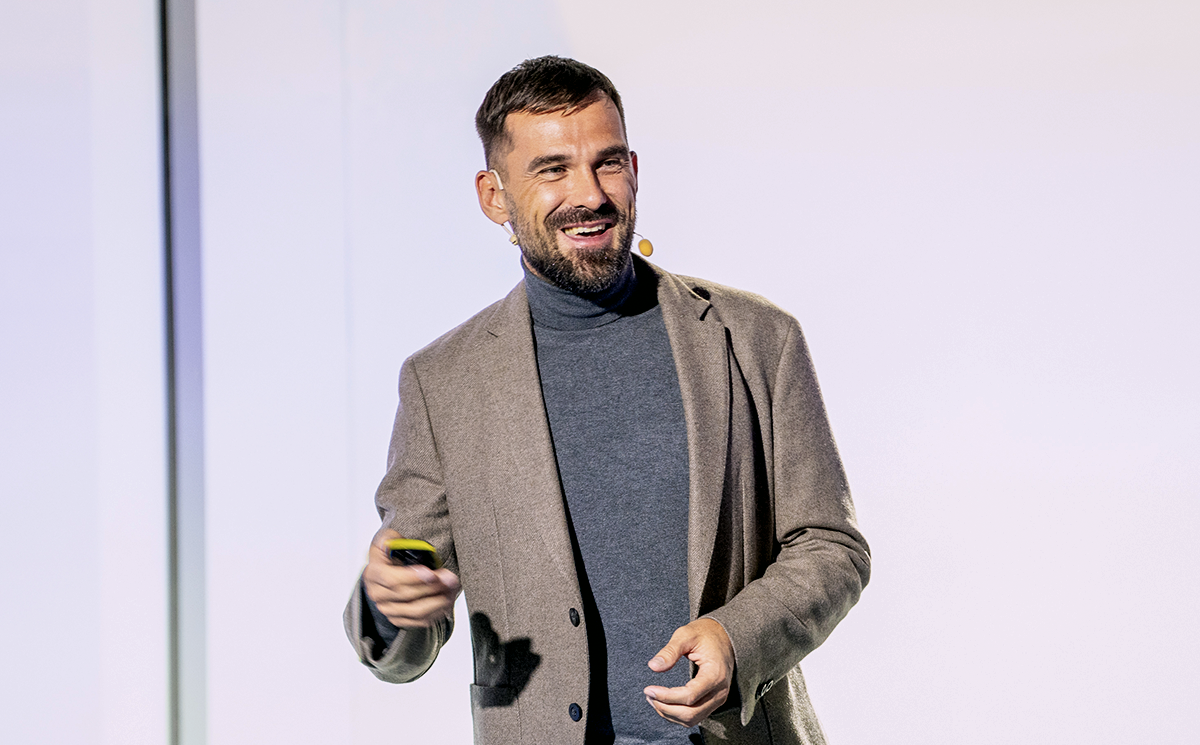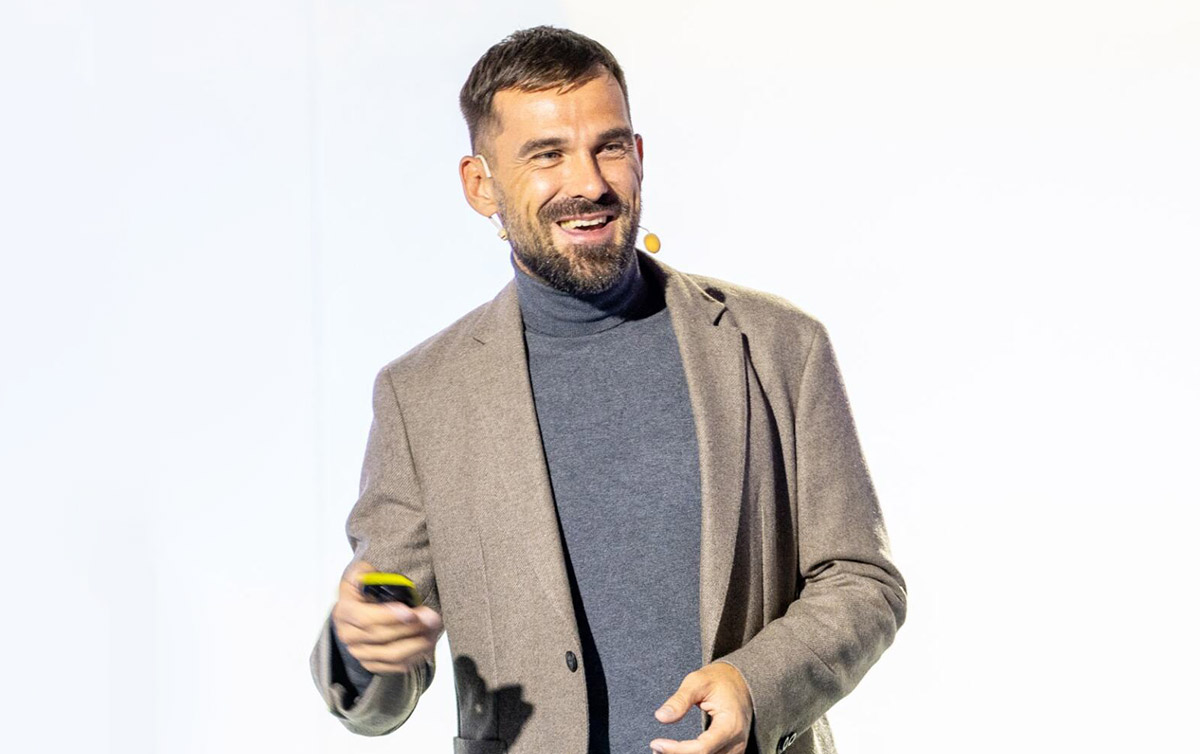There are far more similarities between sports teams and project teams than is commonly thought. After all, in both types of teams the idea is to achieve a common objective by playing to one goal. Therefore, sports psychology is proving to be a useful tool for managers in companies.
A team united around one goal
When we combine the words “sport” and “team”, sports such as volleyball, basketball and football most often come to mind. Meanwhile, modern competitions have become professional to such an extent that even a single player, e.g. an athlete, is surrounded by a whole team, consisting of specialists such as a physiotherapist, dietician, etc.
Such a team, although extremely diverse, is united around one goal – winning the competition. Very similar is the work of project groups, composed of goal-oriented specialists. Not surprisingly, knowledge in the sports area provides support also for the business area.
Sports psychologist Paweł Habrat, at the Wellbeing Summit, stressed that similarities can already be seen at the level of individuals. The success of a given player is the result of work in many spheres – physical, tactical or technical – as well as work on the mindset. Moreover, in both sports and business, an important factor is to take care of the private sphere, that is, wellbeing beyond working hours. “It is impossible to achieve a result when this sphere is impaired; when there are problems that will directly affect work,” Habrat pointed out.
How to build a “dream team”?
When it comes to the individual, the rules are fairly simple. But what about the team? Let’s start with the fact that it is a challenge in itself to build a team. This is because personality factors, character, temper and the needs of individual team members come into play. But not only that. “Working with a player’s personality is also the job of the coach, who themselves have a unique personality that will influence the team. Hence, there are lots and lots of such variables,” Habrat said.
Does this mean that in building a corporate “dream team” we are doomed to failure? Absolutely not. Paweł Habrat points out the five fundamental factors that should be taken into account to increase the chances of success in this area.
Leader – in addition to the “leader by appointment” (coach or manager), we may have several other leaders on the team, each leading a specific area. This will not necessarily be a person with a title indicating leadership – often it is only a specific situation (such as a crisis in a particular area) that causes such people to emerge. However, they must work closely with the “leader by appointment”.
Atmosphere – it is not just about casual conversations, but about the general climate for working together, facing difficulties and celebrating successes together. It is worth noting that the outcome of the project itself should not be what makes up the atmosphere at work.
Competition – a good atmosphere also means the ability to compete. It is often assumed that the rival is the opponent, but bear in mind that we also compete with each other as team members. Paradoxically, this may benefit the atmosphere and development of the team. The most important thing is to manage the competition in such a way that the better ones allow the weaker ones to catch up, for example by sharing knowledge and experience.
Communication – it is a key factor. It is not just about the flow of information, but also about the ability to listen. A leader should not only delegate tasks, but also understand the person who has a problem at any given time. It is necessary to create such conditions that team members are not afraid to speak. It is also important to remember that conflicts are normal, but if properly moderated, they can result in the development of the team and the project.
Common goal – in both sports and project teams, everything must be subordinated to a specific goal. However, it is necessary to distinguish so-called task-based goals, which at certain stages should be considered more important than the ultimate goal. For example, when setting a goal of winning a championship, you also need to set goals showing how you want to do it, and how to select the people who will achieve this goal.
Management of leaders
An element worth taking care of is the management of the “leader by appointment”. Very often, people who take on this role focus so much on the team that they forget about themselves – they start extending their workday, neglect their private lives, etc. Meanwhile, such approach can have consequences later on – for the leader themselves, on the one hand, and for the team and its goal, on the other.
Paweł Habrat stressed that it is necessary to find a balance. “Sometimes let’s just reverse the proportions, pay attention to ourselves, to how emotions affect our functioning, and then we will better understand the team,” he pointed out. As he explained, a leader should ask themselves as often as possible whether they are taking care of themselves and whether they are as good to themselves as they are to their team.
A common problem – the risk of burnout
Another issue that links project and sports teams is the risk of burnout. Habrat stressed that in any case, burnout is a kind of quotient. There are three factors to consider: expectations (of superiors or the employee themselves, led by ambition), support and real impact on the job.
If there is any disturbance in these three areas, expectations become unrealistically high, there is a lack of support among team members, an overwhelming loss of control over the situation, and consequently a serious risk of burnout. Such situations should be prevented by responding well in advance.

























